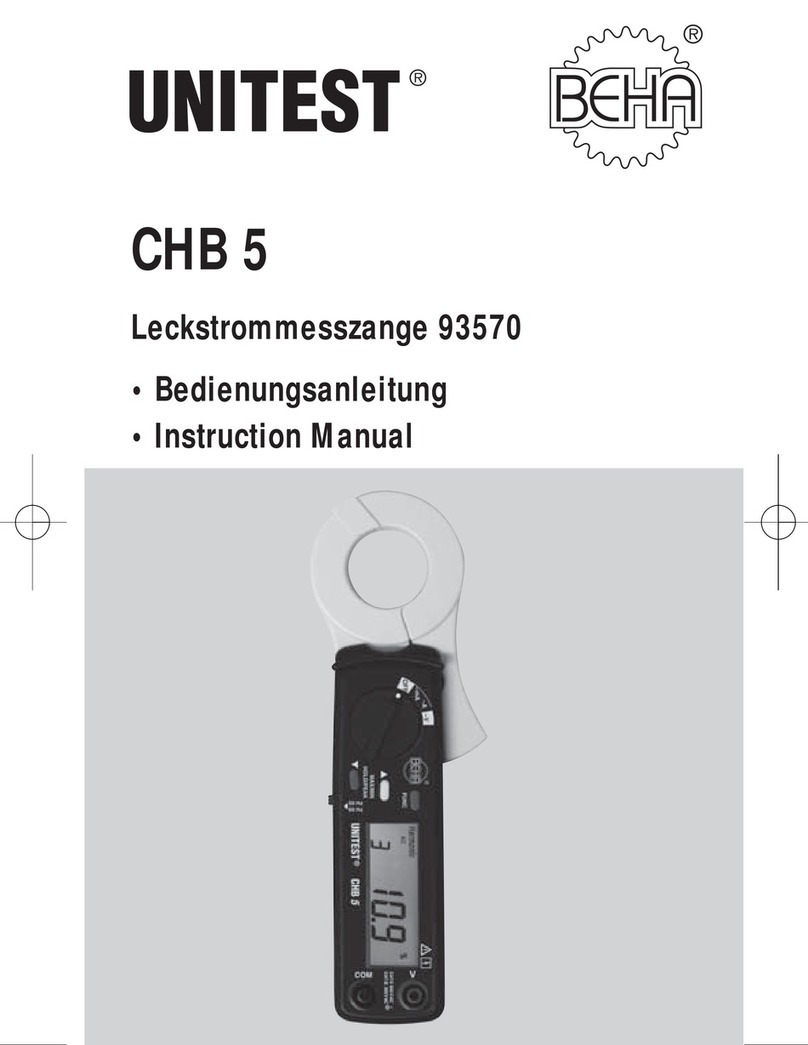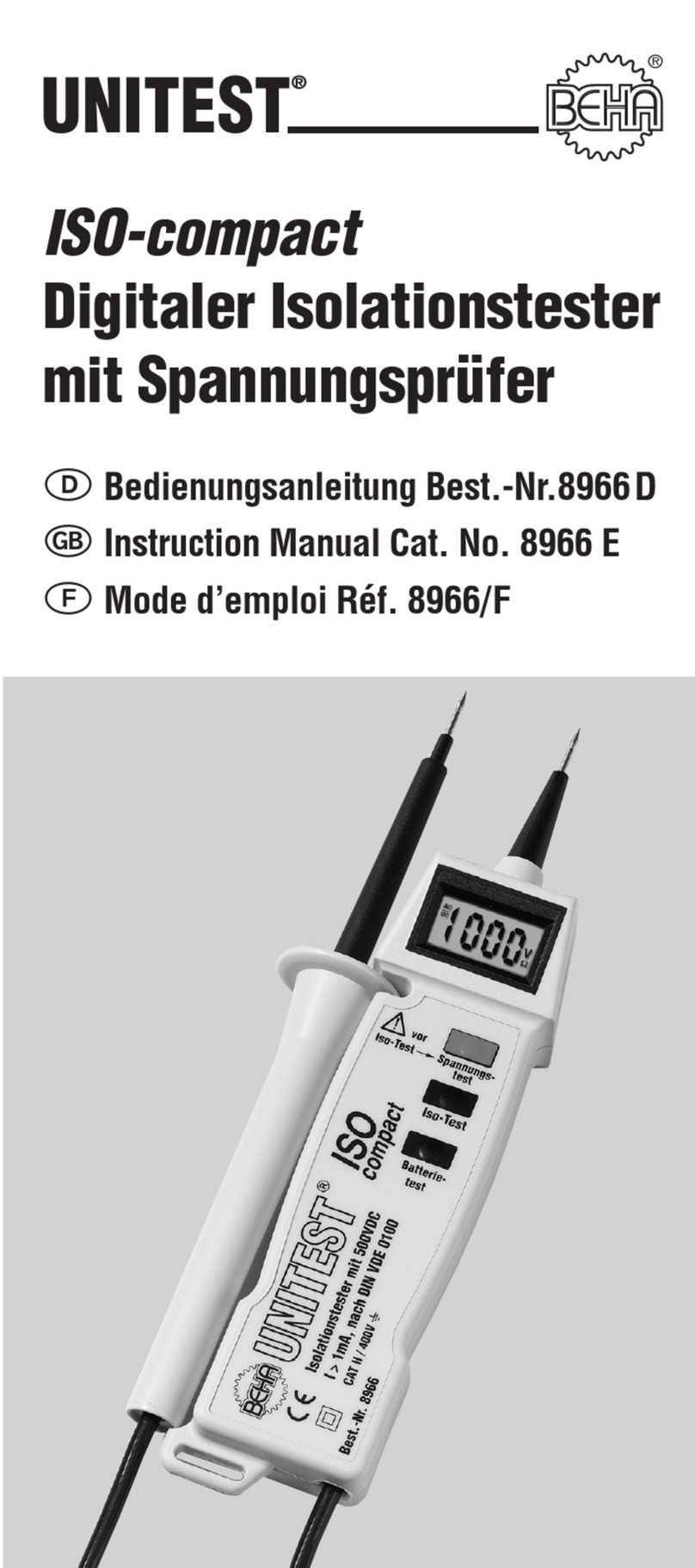References marked on instrument or in instruc-
tion manual:
Warning of a potential danger, comply with in-
struction manual.
Reference. Please use utmost atention
Caution! Dangerous voltage. Danger of electri-
cal shock.
Continuous double or reinforced insulation
complies with Category II.
Conformity symbol, the instrument complies
with the valid directives. It complies with the
EMC Directive (89/336/EEC), Standards EN
50081-1 and EN 50082-1 are fulfilled. It also
complies with the Low Voltage Directive
(73/23/EEC), Standard EN 61010-1 is fulfil-
led.
The instruction manual contains information
and references, necessary for safe operation
and maintenance of the instrument.
Prior to using the instrument (commissioning / as-
sembly) the user is kindly requested to thoroughly
read the instruction manual and comply with it in all
sections.
Failure to read the instruction manual or to comply
with the warnings and references contained herein
can result in serious bodily harm or instrument da-
mage.
1.0 Introduction
You have purchased a high quality measurement in-
strument of Ch. BEHA GmbH which will allow you
to carry out measurement over a long period of time.
The company Ch. BEHA GmbH is a member of the
world wide operating BEHA Group with its head of-
fice in Glottertal/Schwarzwald which also houses
our development centre. The BEHA Group is a lea-
ding organisation for Test and Measuring Instru-
ments.
The instrument UNITEST TELARIS LOOP is charac-
terised by the following features:
• A unit designed to allow the user to quickly esta-
blish earth loop impedance, mains internal resi-
stance and prospective short circuit current.
• Enables the user to measure the individual con-
ductor resistances independently: protective con-
ductor resistance, phase resistance and neutral
conductor resistance.
• Designed to test the earth loop resistance without
tripping any RCD
• Designed to test AC voltages up to 300V AC.
• Designed to test frequency ranges up to 200 Hz.
• Includes a built-in memory capability allowing the
user to store up to 250 test results.
• Supplied with an infrared/ RS 232 serial port for
transferring test data or printing out results via the
PC.
• Enables the user to pre-select the maximum per-
missible contact voltage.
• Includes a clear and large LCD display providing
the user with an optimum visual
indication of both test values and limits
• Includes an integrated energy management sy-
stem with auto-power-off function to
ensure optimum battery usage.
• Supplied complete with standard carrying case.
• Designed to meet the constructional standards
IEC 61010, IEC 61557-1/3, EN 61557-1/3, DIN
VDE 0413, Part 3.
Scope of Supply
1 pc TELARIS LOOP
1 pc test lead
1 pc measuring lead
1 pc alligator clamps
3 pcs test probe
1 pc battery 9V, IEC 6LR61
1 pc carrying case
1 pc instruction manual
2.0 Transport and Storage
Please keep the original packaging for later trans-
port, e.g. for calibration. Any transport damage due
to faulty packaging will be excluded from warranty
claims.
4
Introduction / Scope of Supply / Transport and Storage





























